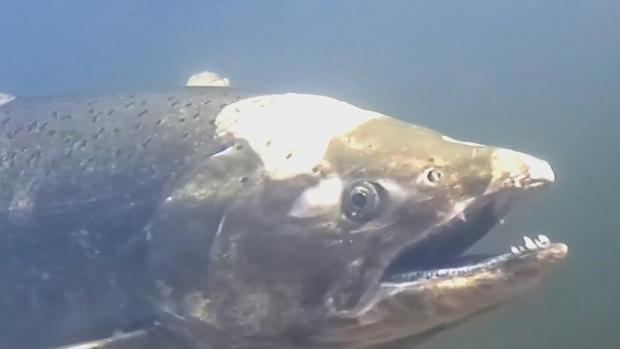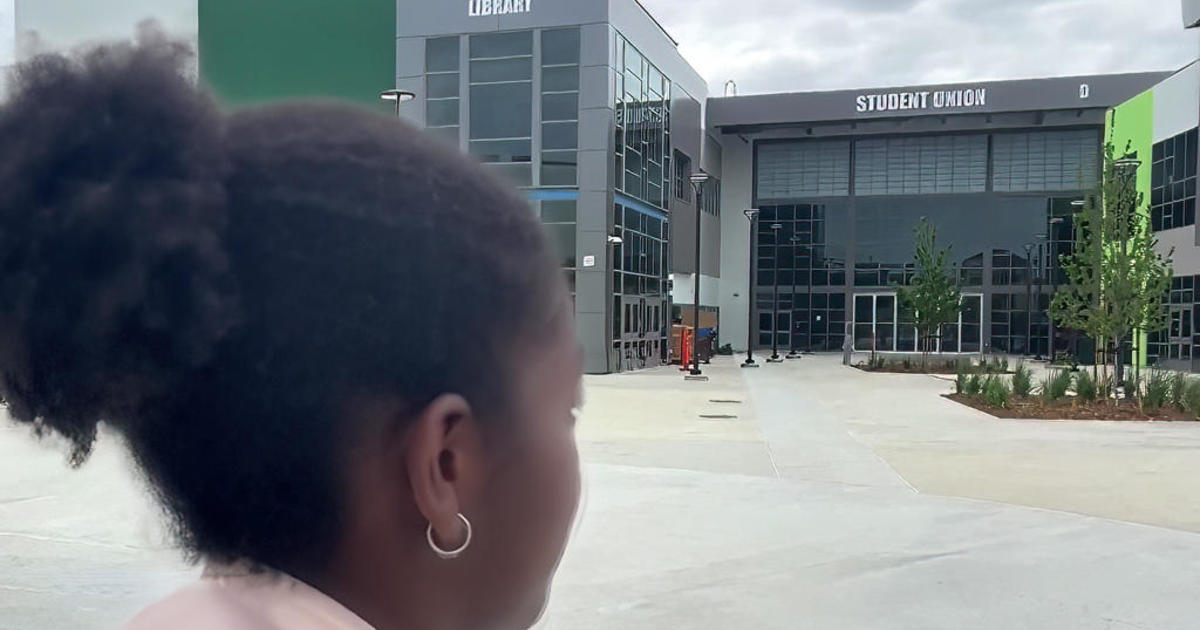Chinook salmon return to urban watershed in the Santa Clara County
SANTA CLARA COUNTY -- A growing number of wild Chinook salmon are turning up and spawning in a most unlikely place: an urban watershed in the South Bay.
Steve Holmes used to fish for salmon in the wild rivers of Alaska. Now he gears up to help save the salmon in the polluted urban streams of Santa Clara County.
"This waterway, the Guadalupe watershed, is the furthest south on the North American continent where you have Chinook salmon coming into an urban setting to have a re-occurring spawning event each year," said Holmes, who founded the environmental non-profit, the South Bay Clean Creeks Coalition.
In a shallow, murky stream next to the Highway 17 freeway and against all odds, the Chinook salmon have returned to reproduce.
Holmes said this year has one of the best late fall runs in ages.
There is growing evidence that these could be wild fish born free, descendants of the salmon that have been coming to the watershed for tens of thousands of years. Not hatchery strays that somehow wandered into these waters by accident.
"Prior to this new testing by UC Davis, we had no idea that we had wild fish," explained Holmes. "So this is kind of groundbreaking this news."
Holmes did not start out as a conservationist. He was a businessman who went on fishing trips. But when he realized there were also salmon closer to home, he became their protector.
Ten years ago, Holmes founded the South Bay Clean Creaks Coalition.
He is the driving force behind regular cleanups with hundreds of volunteers. They remove tons of trash for waterways each year.
Sometimes Holmes and his daughter turn the trash into art, such as an egret made entirely of used syringes picked up from the creeks. The art is used to help start a conversation about conservation.
When the salmon are running, Holmes is in the creeks every day, often picking up trash from homeless encampments.
He also removes shopping carts tipped on their sides by poachers hoping to catch and eat the fish.
Only about ten percent of salmon under the best conditions make it back to their home streams. For salmon in the urban waterways, that percentage is much less.
But volunteers like Holmes and others are doing their best to make sure the salmon have a fighting chance.
"Now, we've kind of hit rock bottom. We're trying to clean up the streams and we're now seeing the numbers starting to come up," Holmes said.
Holmes estimates the salmon population to be about 200 fish in the Guadalupe Watershed, which includes Los Gatos Creek.
That's up from about 150 last year, according to Holmes. He said it's remarkable to have a growing population, despite years of drought.





